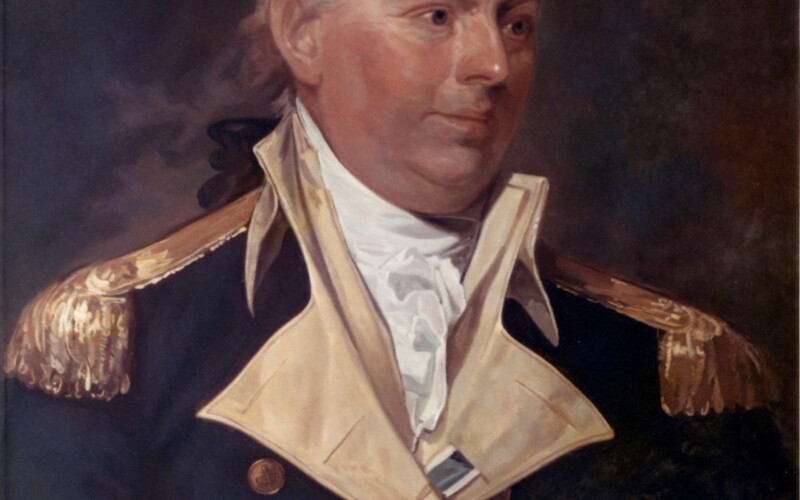We have experience hosting a range of audiences, from college classes to birthday parties to company outings, and we customize our tours to meet your group’s interests and needs.
Book a private tour today
Baldev Duggal (1937–2016) So far in this series, all of the individuals we have profiled worked at the Brooklyn Navy Yard when it was still a naval shipyard. But Baldev Duggal …
Read more
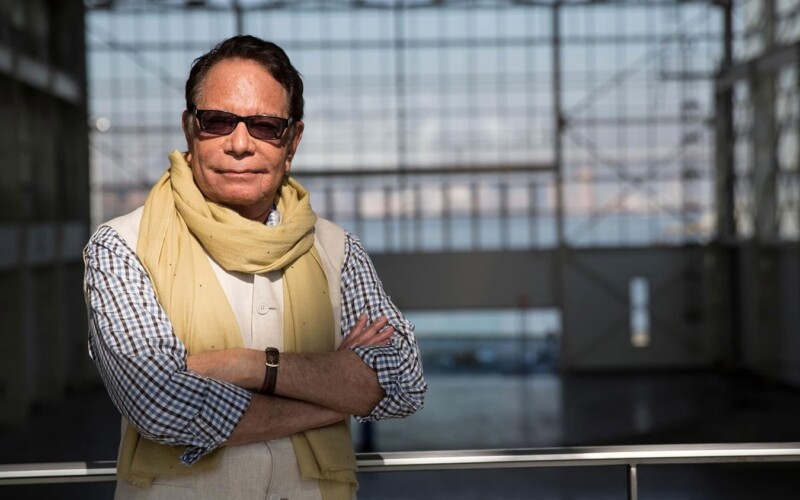
Stanislaw Kozikowski (1895–1967) Stan Kozikowski came to fame as a young man in the First World War, but spent much of his life as an unheralded machinist in the Brooklyn Navy …
Read more
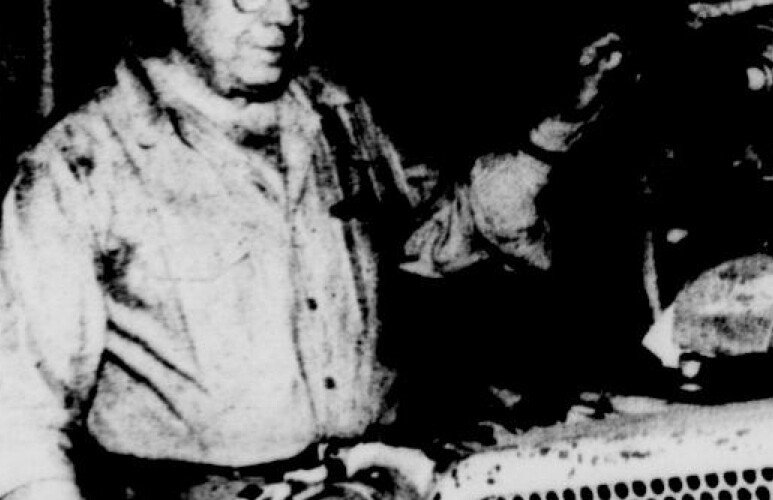
Frederick Louis Riefkohl (1889–1969) The histories of Puerto Rico and of the US military are deeply intertwined, and much of that history runs through the career of Frederick Louis Riefkohl, the …
Read more

James Diani (c.1833–1908) So far in this series, we have profiled commodores, admirals, and captains of industry. But the real history of the Brooklyn Navy Yard is the massive collective labor …
Read more
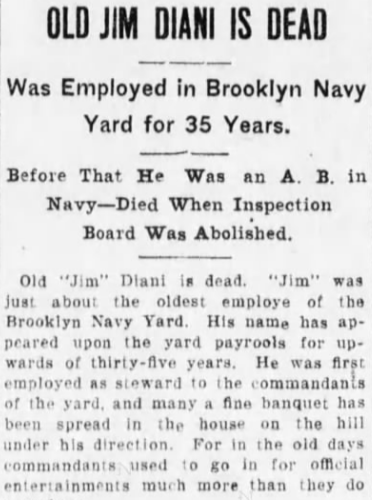
Peter Christian Asserson (1839–1906) The Brooklyn Navy Yard has always adapted to change. Over its first 165 years, rapid changes in naval ship designs forced the adoption of new shipbuilding …
Read more

John Ericsson (1803–1889) John Ericsson was perhaps more of an engineer than any man who ever lived. Of his 85 years on this earth, 75 of them were spent as …
Read more
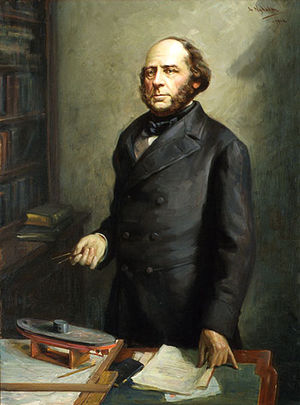
Henry Eckford (1775-1832) The long, arduous, and risky journey to America has a way of bringing to our shores the most ambitious, talented, and daring people; Henry Eckford was certainly …
Read more
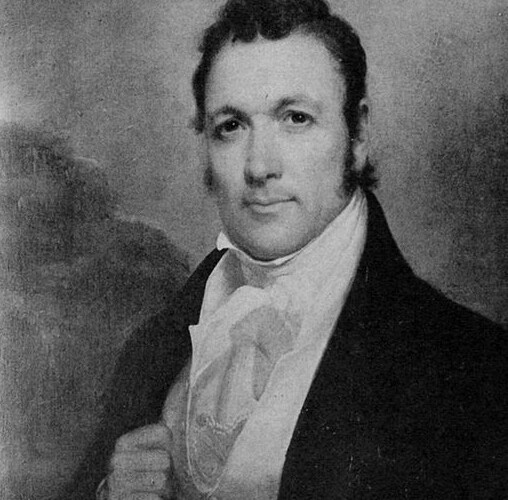
John Barry (1745–1803) Born in Ireland’s southeast County Wexford, John Barry grew up with an abiding hatred for the English. When he was 12, his Catholic family was dispossessed of their …
Read more
